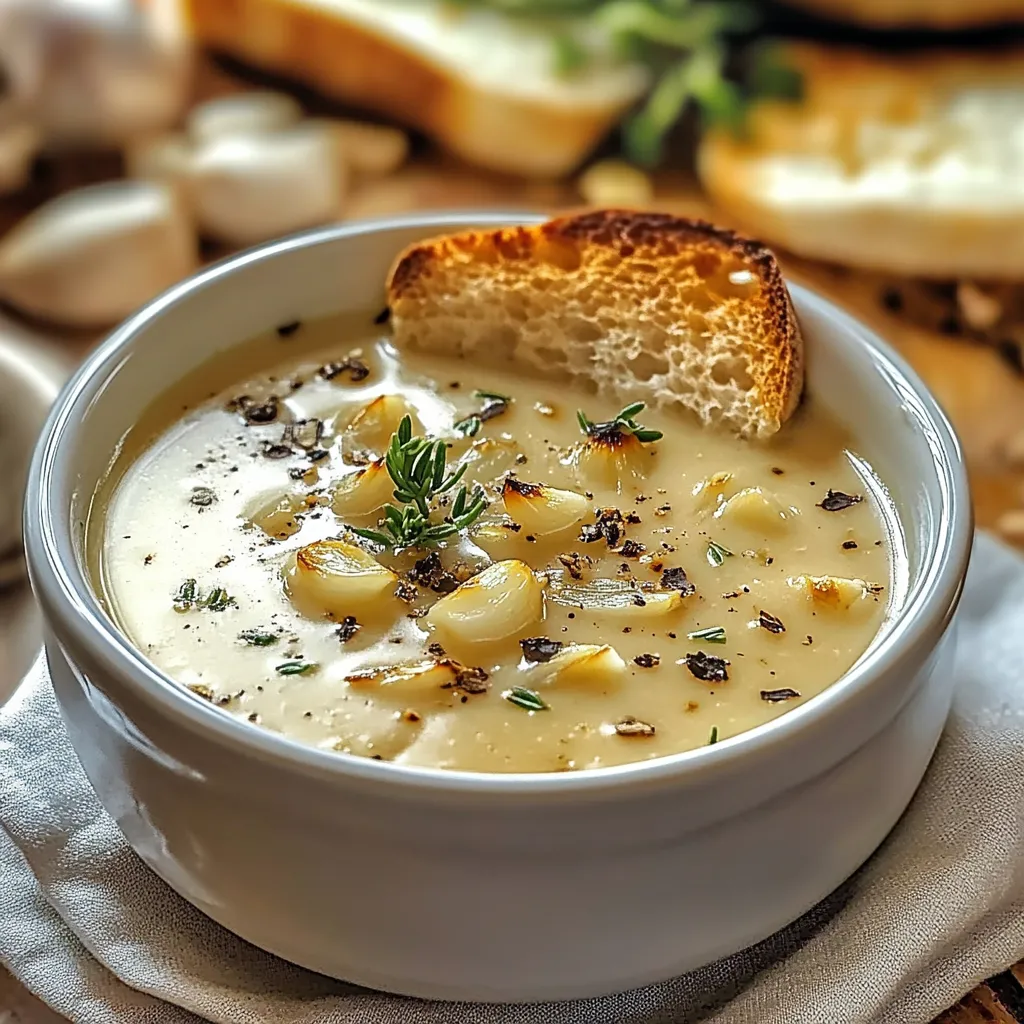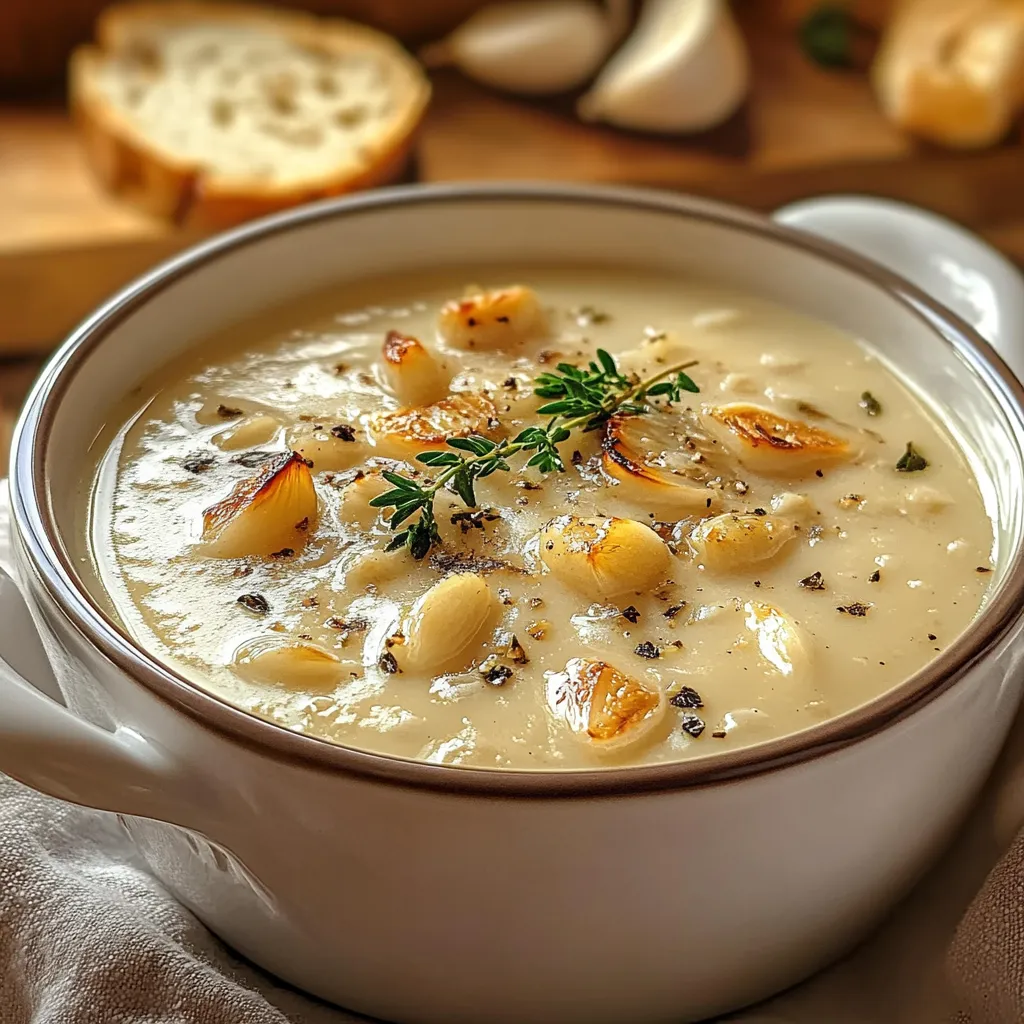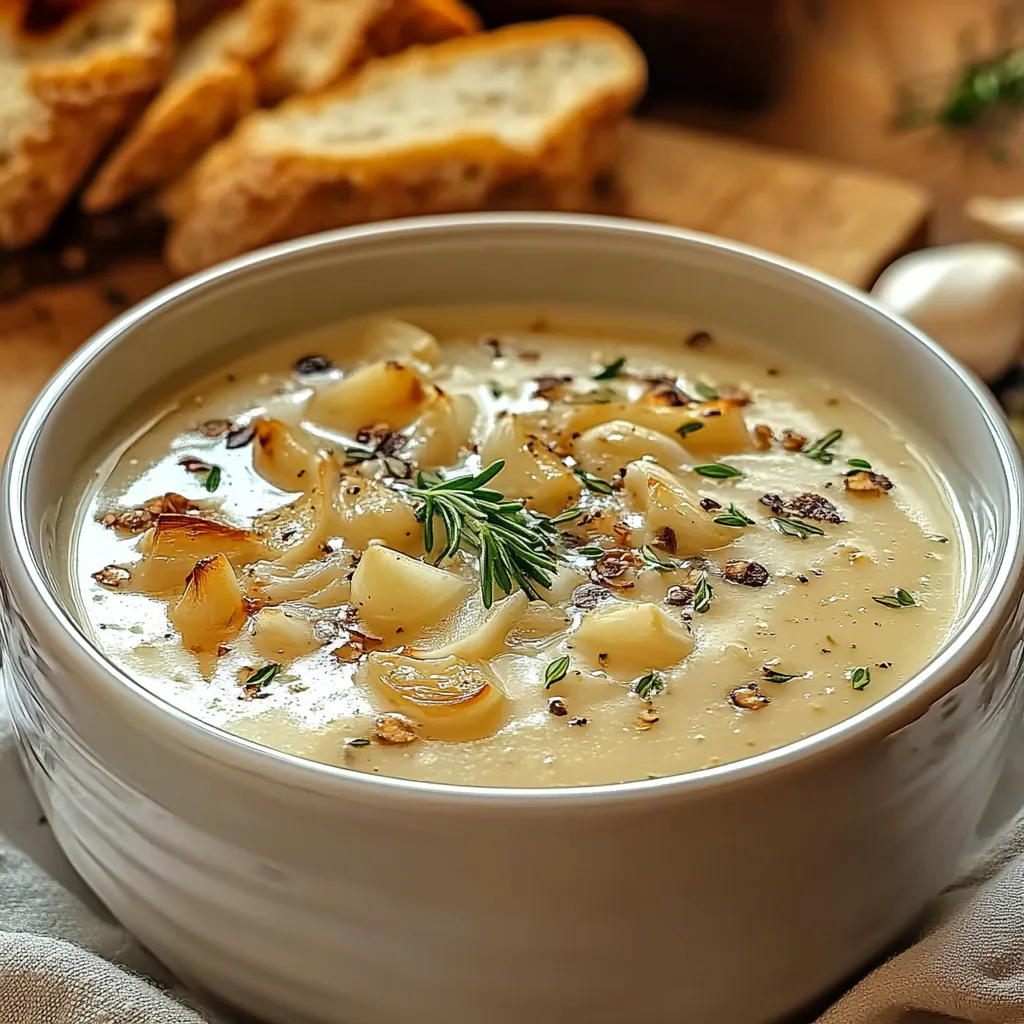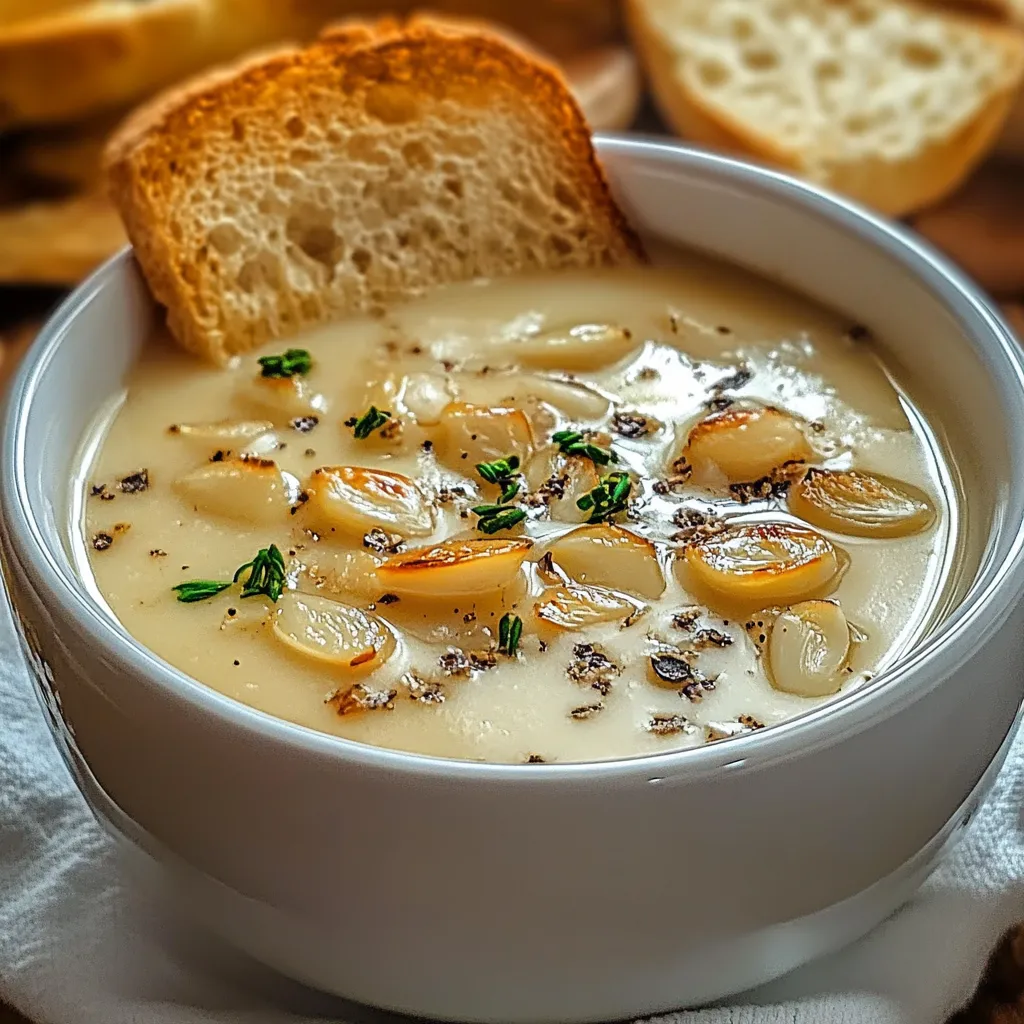 Pin it
Pin it
In Italian households, the tiny star-shaped pasta swimming in rich broth isn't just food—it's what folks call "Italian penicillin" because it's been bringing comfort across generations. This easy soup has become my favorite when someone needs a bit of TLC. I picked up this method from my Italian buddy's grandma, and I've found that what makes it so special isn't fancy ingredients but the care that goes into each batch.
When I first whipped this up during a bout of sniffles at our house, it instantly became our go-to for feeling better. There's something weirdly magical about watching those little pasta stars float around in that golden broth.
Key Components and Shopping Advice
- Pastina: Go for authentic Italian brands to get the right bite
- Chicken Broth: Make your own if you can, but good boxed stuff works too
- Parmesan Rind: Tuck these away in your freezer—they pump up flavor like crazy
- Fresh Vegetables: Pick ones that feel solid and look bright
- Onions: The sweet yellow ones give you the tastiest result
- Fresh Parsley: The flat Italian kind beats the curly stuff
 Pin it
Pin it
Step-by-Step Cooking Instructions
- Creating Your Flavor Foundation:
- Begin with broth straight from the fridge for better clarity. Chop all veggies the same size so they cook evenly. Throw in that parmesan rind right away to get all its goodness. Add salt a little at a time as you go. Keep the heat nice and steady—no boiling.
- Handling Your Veggies:
- Chop onions small for smooth blending later. Cut carrots into tiny, even chunks. Use some celery leaves along with the stalks. Make sure everything's roughly the same size. Maybe chop extra to freeze for next time.
- Blending to Smoothness:
- Take out the cheese rind before you blend. Don't try to blend it all at once. Start your blender on low to avoid hot splashes. Pour in broth as you go. Run it through a strainer if you want it super smooth.
- Getting the Pasta Just Right:
- Use more liquid than you think—these little guys soak up tons. Give it a stir now and then so nothing sticks. Check it often since it cooks fast. Keep hot broth nearby to thin things out. Don't walk away—tiny pasta goes from perfect to mush quickly.
- Finishing Touches:
- Taste and add salt after the pasta's done. Toss in fresh herbs right at the end. Grate cheese just before you serve. Add a splash of good olive oil on top. Serve it piping hot straight away.
 Pin it
Pin it
Mastering the Perfect Liquid-to-Noodle Balance
After making this dozens of times, I've figured out that getting the right amount of broth to pasta is what makes or breaks pastina soup. Those tiny noodles drink up way more liquid than you'd expect!
The best cooking advice I got was from the Italian lady next door who said proper pastina soup should be "runny enough to call it soup, but thick enough that you need a spoon" - that's stuck with me every time I make it.
 Pin it
Pin it
This basic pastina soup shows off what makes Italian home cooking so amazing—taking ordinary stuff and turning it into something that feeds your soul through loving preparation. Whether you're battling a cold or just want something warm and comforting, each spoonful feels like medicine for the spirit. The secret isn't anything fancy, just taking your time and using good ingredients, proving that often the simplest meals hit the spot the most.
Frequently Asked Questions
- → Can it be made vegetarian?
- Of course, just swap chicken broth with vegetable broth for a vegetarian-friendly option.
- → What stops the egg from curdling?
- Whisk some hot soup into the egg yolks, little by little, before merging them back into the pot.
- → Is freezing this dish possible?
- You can freeze the soup up to the point before the eggs are added, but don’t freeze it after incorporating eggs.
- → How many garlic cloves are two heads?
- Around 20-24 garlic cloves usually come from two standard heads.
- → How long does it take to prepare?
- Including prep and simmering, you’ll be done in 45 minutes.
